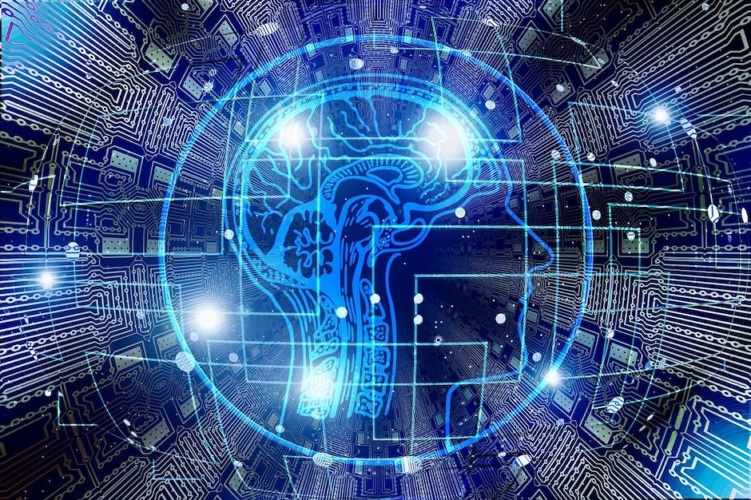AI tech to give independent control to robotic exoskeletons
AI technology is being integrated into robotic exoskeletons and prosthetic legs to make them capable of making independent control decisions.

The system being developed by robotics researchers at the University of Waterloo in Canada combines computer vision and deep-learning AI to mimic how able-bodied people walk by seeing their surroundings and adjusting their movements.
Sci-Fi Eye: the future of wearable exoskeletons
"We're giving robotic exoskeletons vision so they can control themselves," said Brokoslaw Laschowski, a PhD candidate in systems design engineering who is leading the ExoNet project at the university.
Motors are already employed in exoskeletons legs, but they have to be controlled manually by the user with smartphone applications or a joystick.
"That can be inconvenient and cognitively demanding," Laschowski said in a statement. "Every time you want to perform a new locomotor activity, you have to stop, take out your smartphone and select the desired mode."
To address that limitation, the researchers fitted exoskeleton users with wearable cameras and are now optimising AI computer software to process the video feed to accurately recognise stairs, doors and other features of the surrounding environment.
Register now to continue reading
Thanks for visiting The Engineer. You’ve now reached your monthly limit of news stories. Register for free to unlock unlimited access to all of our news coverage, as well as premium content including opinion, in-depth features and special reports.
Benefits of registering
-
In-depth insights and coverage of key emerging trends
-
Unrestricted access to special reports throughout the year
-
Daily technology news delivered straight to your inbox










UK Enters ‘Golden Age of Nuclear’
Anybody know why it takes from 2025 to mid 2030's to build a factory-made SMR, by RR? Ten years... has there been no demonstrator either? Do RR...